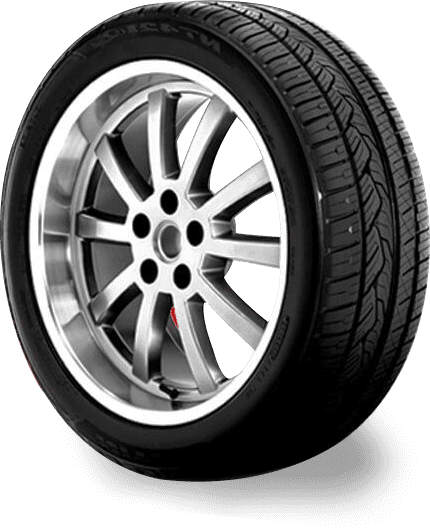
Nov . 10, 2024 00:21
Back to list
Understanding Pressure Regulators and Their Importance in Fluid Dynamics Systems
Understanding Pressure Regulators An Overview of Pressure Reduction Technologies
In many industrial and domestic applications, the control and regulation of pressure play a critical role in ensuring safety, efficiency, and reliability. One of the key devices used for this purpose is the pressure regulator, commonly known as a pressure reducer. This article aims to explore the function, types, and significant applications of pressure regulators, highlighting their importance across various sectors.
What is a Pressure Regulator?
A pressure regulator is a mechanical device designed to control the pressure of a fluid (gas or liquid) flowing through a system. It ensures that the output pressure remains consistent regardless of changes in the input pressure or flow rate, safeguarding the downstream equipment from damage caused by excessive pressures. The primary function of a pressure reducer is to reduce the high pressure of a fluid to a lower, manageable level suitable for specific applications.
How Do Pressure Regulators Work?
The operational principle of pressure regulators is relatively straightforward. These devices typically consist of two main components a diaphragm and a spring. The diaphragm is a flexible membrane that responds to the pressure changes within the system. When the input pressure exceeds the setpoint of the regulator, the diaphragm moves, compressing the spring and allowing the excess pressure to escape, thus reducing the output pressure to the desired level.
Most pressure regulators feature adjustable settings, allowing users to customize the output pressure according to the requirements of the application. This versatility makes them suitable for various uses, from household gas appliances to large-scale industrial processes.
Types of Pressure Regulators
.
1. Single-Stage Regulators This type provides immediate pressure reduction and is often used for applications with relatively stable input pressures. They are simple in design and easy to install.
مخفض الضغط

2. Two-Stage Regulators As the name suggests, these regulators reduce pressure in two stages, offering more stable output pressure, particularly in environments where input pressure fluctuates. This type is commonly used in welding, gas distribution, and industrial applications.
3. Lock-Up Regulators These are used in gas distribution systems and maintain the output pressure even when the demand changes drastically.
4. Backpressure Regulators Instead of reducing the pressure to a set level, these maintain a specified pressure within a system by diverting excess fluid flow.
5. Vacuum Regulators These are designed to control vacuum pressure levels in systems where maintaining a low pressure is crucial, such as in certain laboratory applications.
Applications of Pressure Regulators
The applications of pressure regulators span multiple industries, including
- Gas Supply Systems Regulating gas pressure in residential and commercial buildings to ensure appliances operate efficiently and safely. - Hydraulic Systems Controlling the pressure of hydraulic fluids in machinery to optimize performance. - Food and Beverage Industry Maintaining precise pressure levels in processes such as carbonation or filling systems to ensure product quality.
- Manufacturing Managing the pressure of compressed air in pneumatic systems, improving efficiency and reducing the risk of equipment failure.
Conclusion
Pressure regulators, or pressure reducers, are indispensable components in a wide array of applications. By ensuring consistent and safe pressure levels, they enhance the efficiency and reliability of various systems. From residential gas lines to sophisticated industrial processes, understanding the function and types of pressure regulators is crucial for anyone involved in engineering, manufacturing, or maintenance of pressurized systems. As industries continue to evolve and demand for safety and efficiency increases, the role of pressure regulators will undoubtedly grow in importance.
Latest news
-
Safety Valve Spring-Loaded Design Overpressure ProtectionNewsJul.25,2025
-
Precision Voltage Regulator AC5 Accuracy Grade PerformanceNewsJul.25,2025
-
Natural Gas Pressure Regulating Skid Industrial Pipeline ApplicationsNewsJul.25,2025
-
Natural Gas Filter Stainless Steel Mesh Element DesignNewsJul.25,2025
-
Gas Pressure Regulator Valve Direct-Acting Spring-Loaded DesignNewsJul.25,2025
-
Decompression Equipment Multi-Stage Heat Exchange System DesignNewsJul.25,2025

